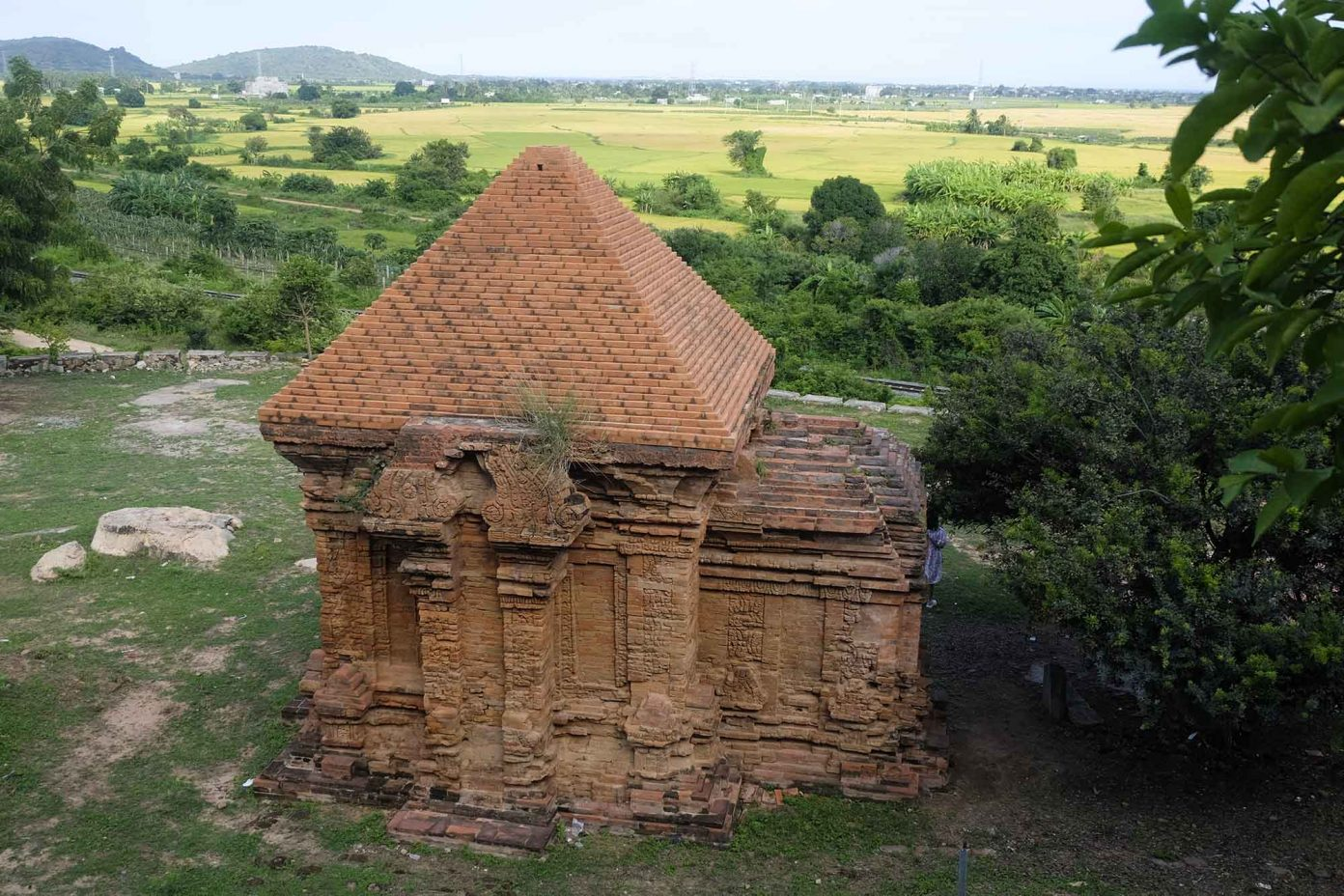
Binh Thuan’s Unknown Chăm Tower Cluster
Cham Pô Dam temple group relic (also known as Pô Ban) is one of the early architectural and artistic styles of the Cham Pa Kingdom and was designated as a national cultural and historical relic in 1996. It is located at the foot of Ông Xiêm mountain in Phu Lac commune, Tuy Phong district, Binh Thuan province.
 This temple complex consists of six towers, only four of which have been restored.
This temple complex consists of six towers, only four of which have been restored.
 The tower cluster's remnants have collapsed.
The tower cluster's remnants have collapsed.
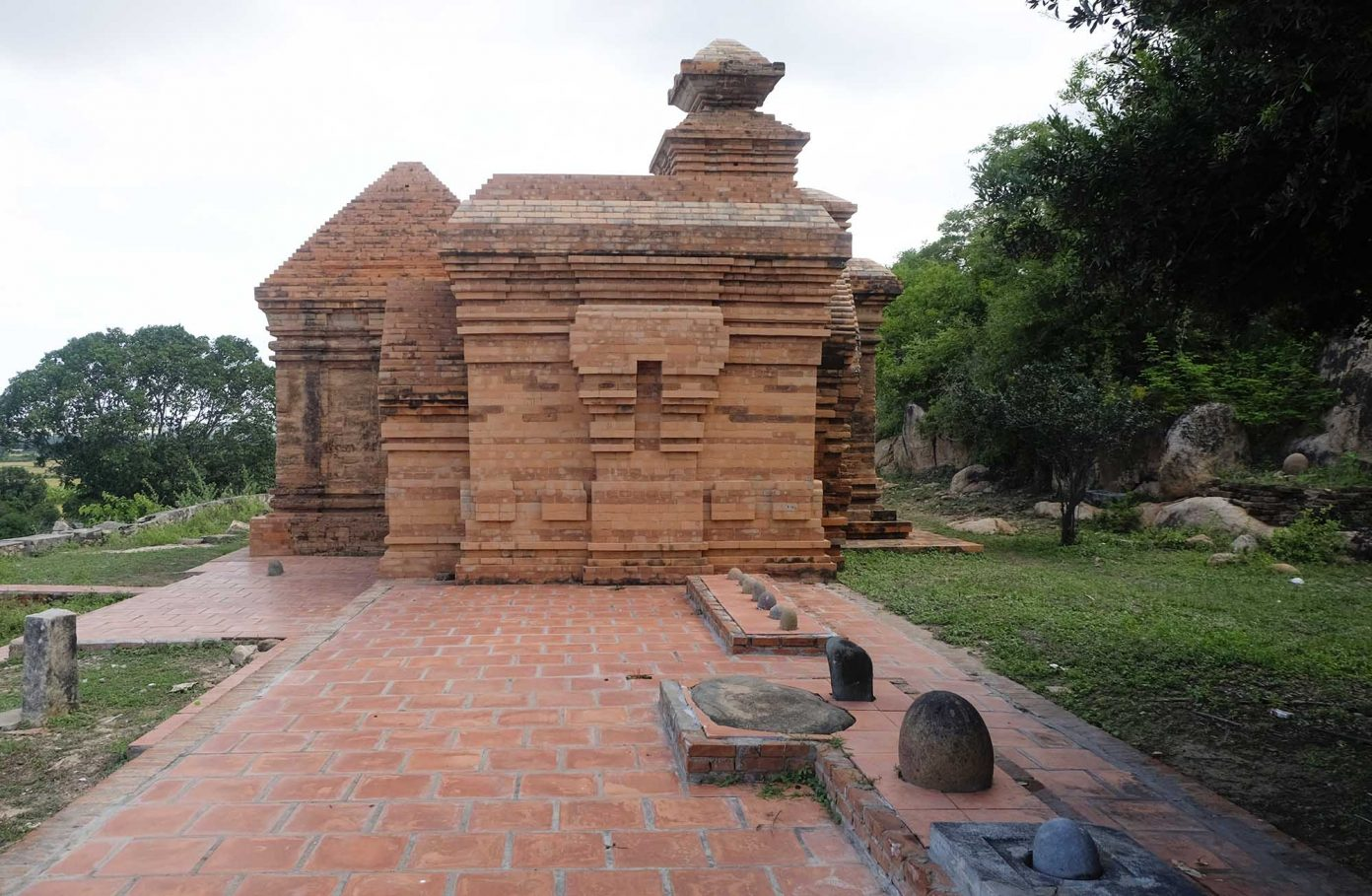 In 1996, the Po Dam temple complex was designated as a National Monument of Art Architecture.
In 1996, the Po Dam temple complex was designated as a National Monument of Art Architecture.
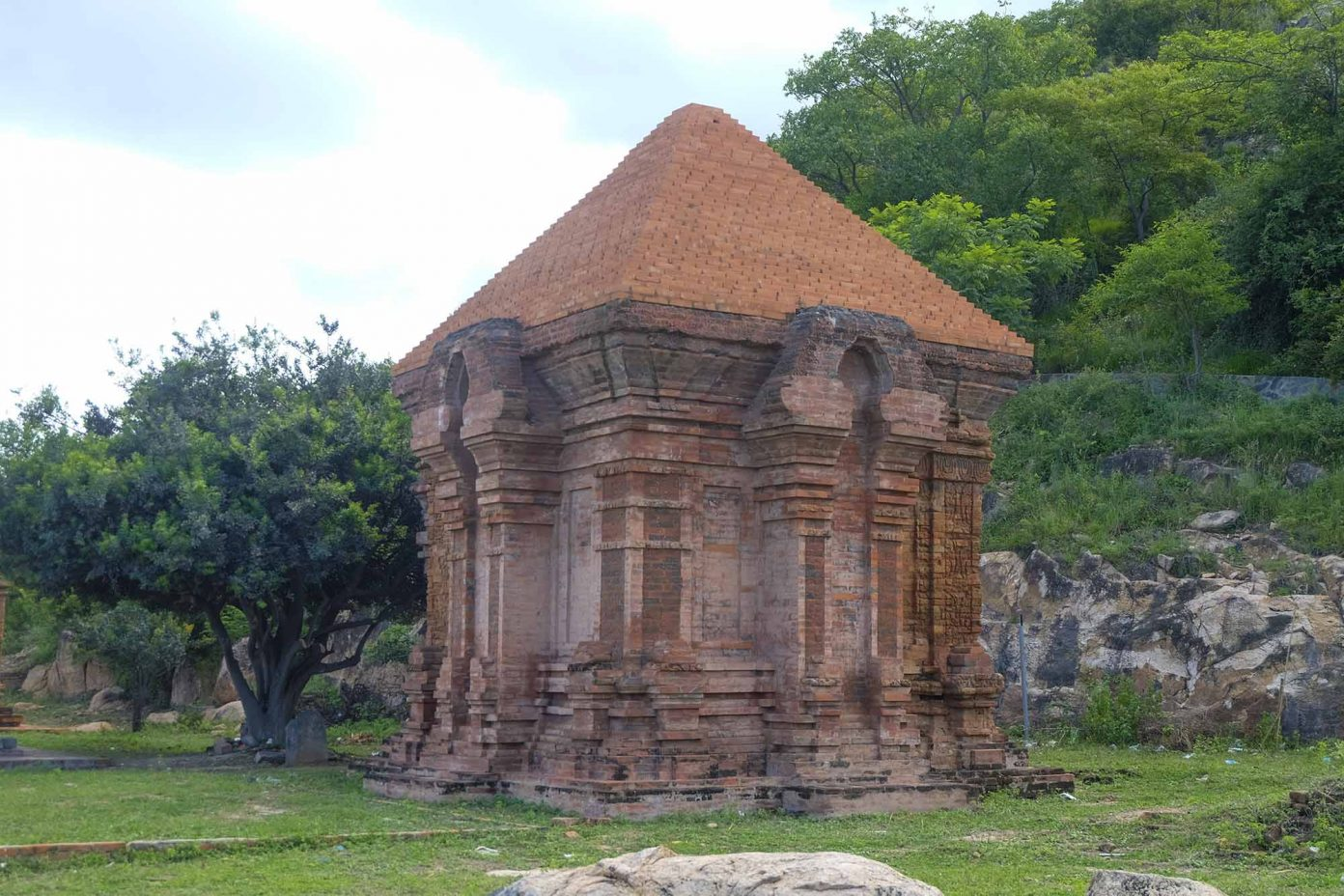 Despite extensive research by archaeologists, the precise date of construction of Pô Dam remains unknown. The towering cluster is thought to have been built between the second half of the eighth and early ninth centuries.
Despite extensive research by archaeologists, the precise date of construction of Pô Dam remains unknown. The towering cluster is thought to have been built between the second half of the eighth and early ninth centuries.
 When visiting Pô Dam tower, visitors will undoubtedly notice similarities in construction techniques and architectural art of Cham tower groups.
When visiting Pô Dam tower, visitors will undoubtedly notice similarities in construction techniques and architectural art of Cham tower groups.
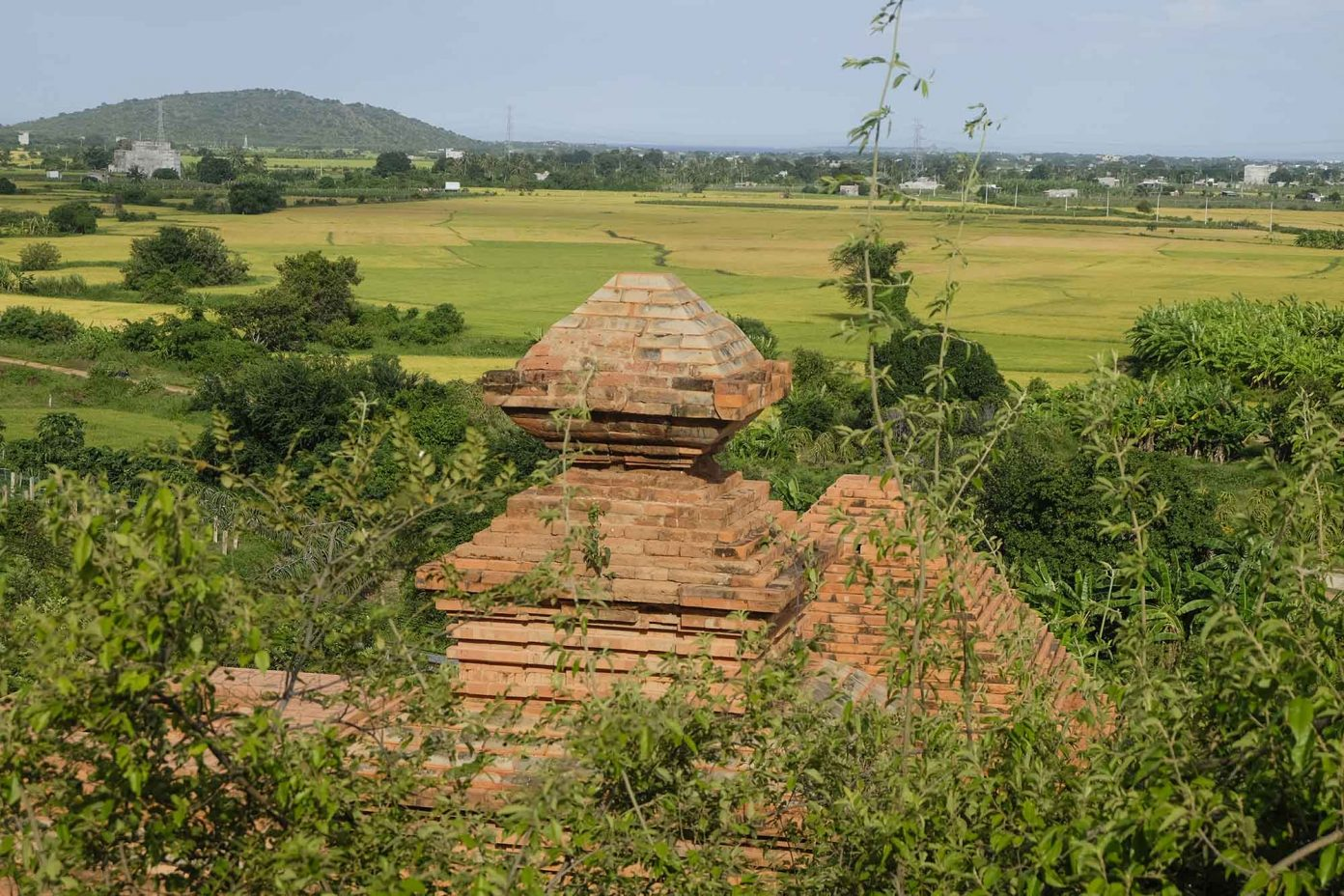 However, this location differs from other Cham tower groups in that it is built at the foot of the hill rather than on the hill, and the main doors face south rather than north.
However, this location differs from other Cham tower groups in that it is built at the foot of the hill rather than on the hill, and the main doors face south rather than north.
 Photographed from within the tower.
Photographed from within the tower.
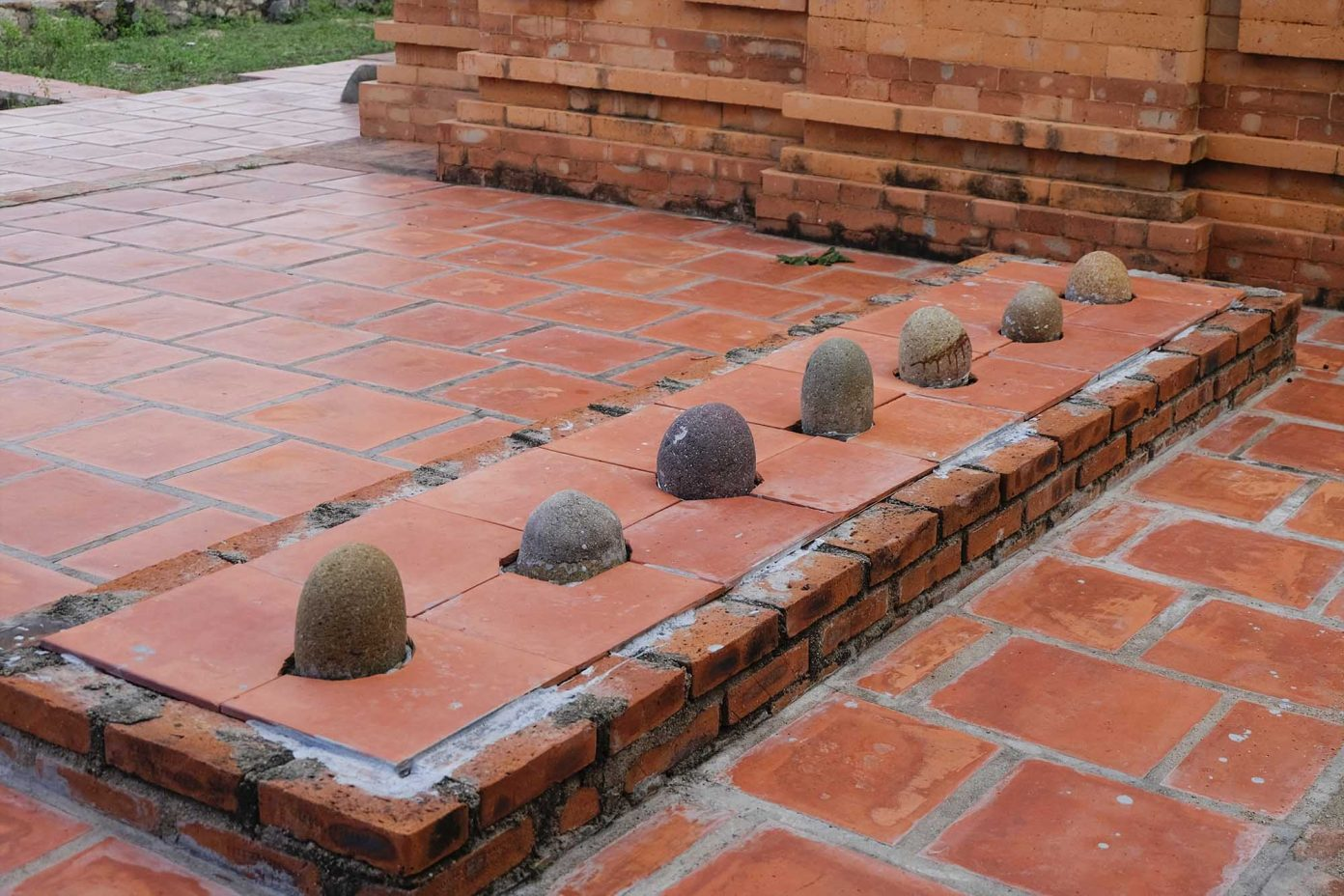 Outside the tower, there are several places of worship.
Outside the tower, there are several places of worship.
 Another unique feature of the Pô Dam tower group is that all six towers are smaller and lower than other Cham towers (the highest 7-8m, each bottom edge 3-3.5m).
Another unique feature of the Pô Dam tower group is that all six towers are smaller and lower than other Cham towers (the highest 7-8m, each bottom edge 3-3.5m).
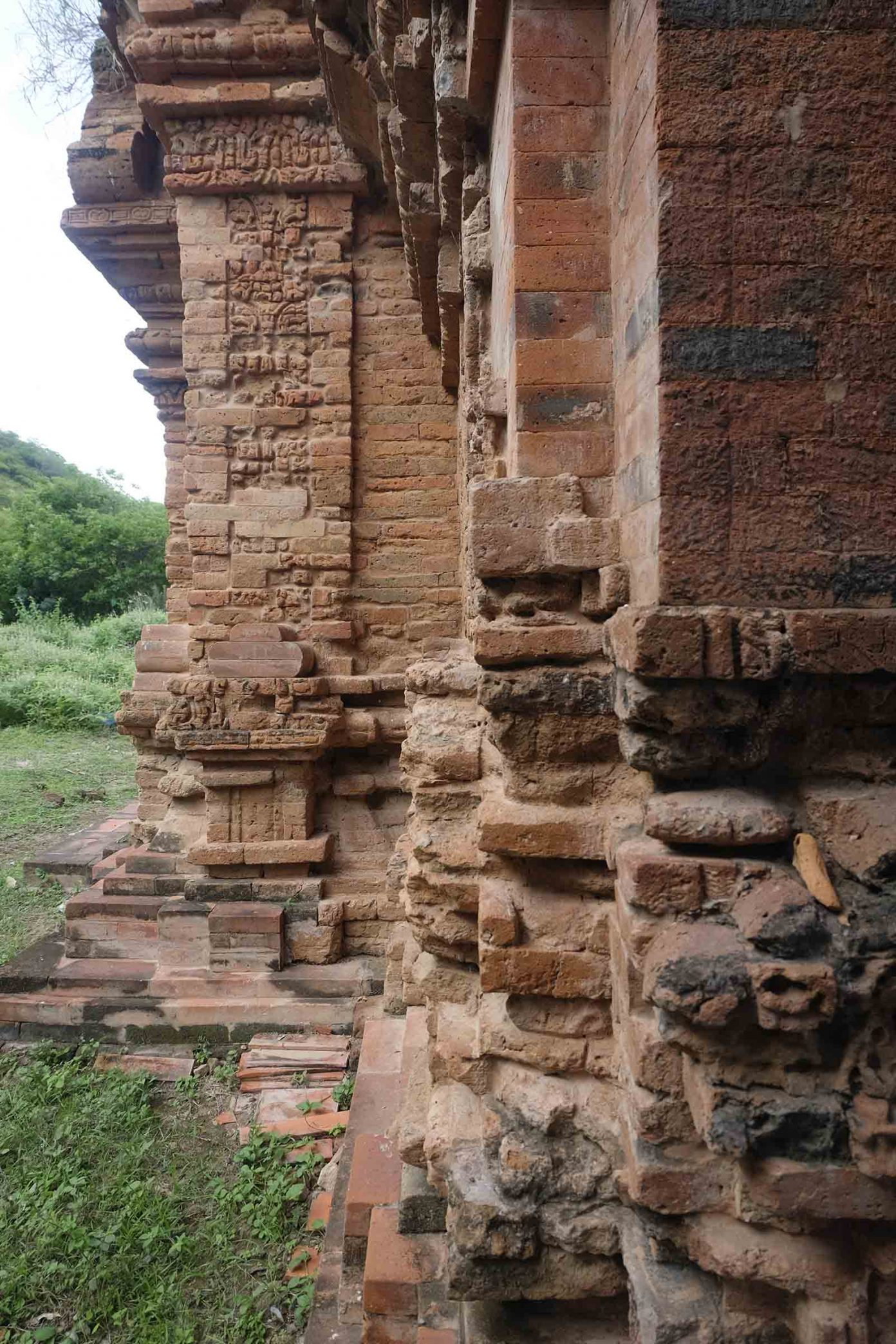

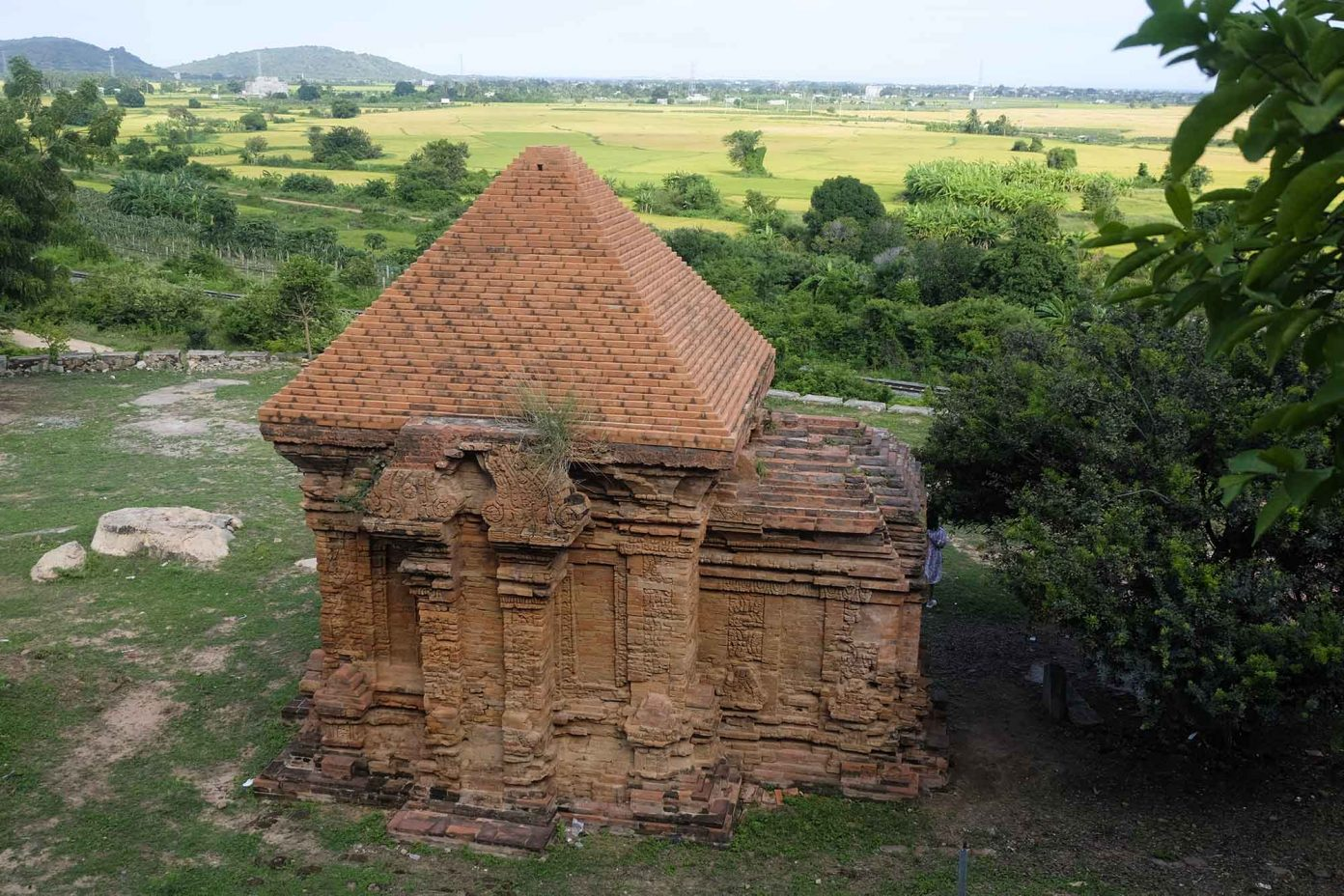 This is where the Cham people hold important religious ceremonies such as the Cầu đảo ceremony, Tống ôn ceremony, Cầu mưa ceremony, and Ka-tê, the Cham people's largest festival.
This is where the Cham people hold important religious ceremonies such as the Cầu đảo ceremony, Tống ôn ceremony, Cầu mưa ceremony, and Ka-tê, the Cham people's largest festival.
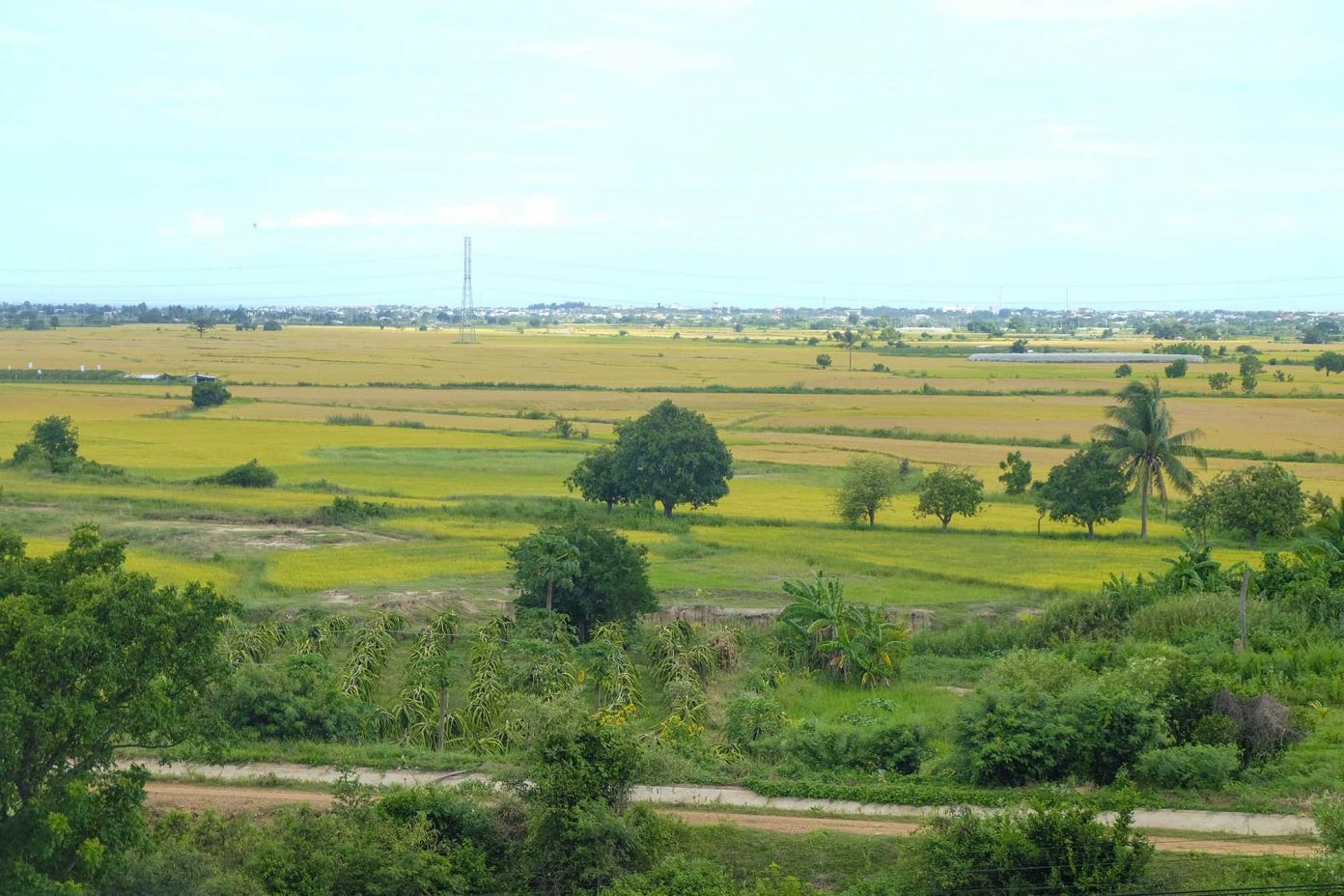 Visitors can see the golden rice 'carpets' from the tower cluster in August and September, and the Tuy Phong wind power field is in the distance.
Visitors can see the golden rice 'carpets' from the tower cluster in August and September, and the Tuy Phong wind power field is in the distance.
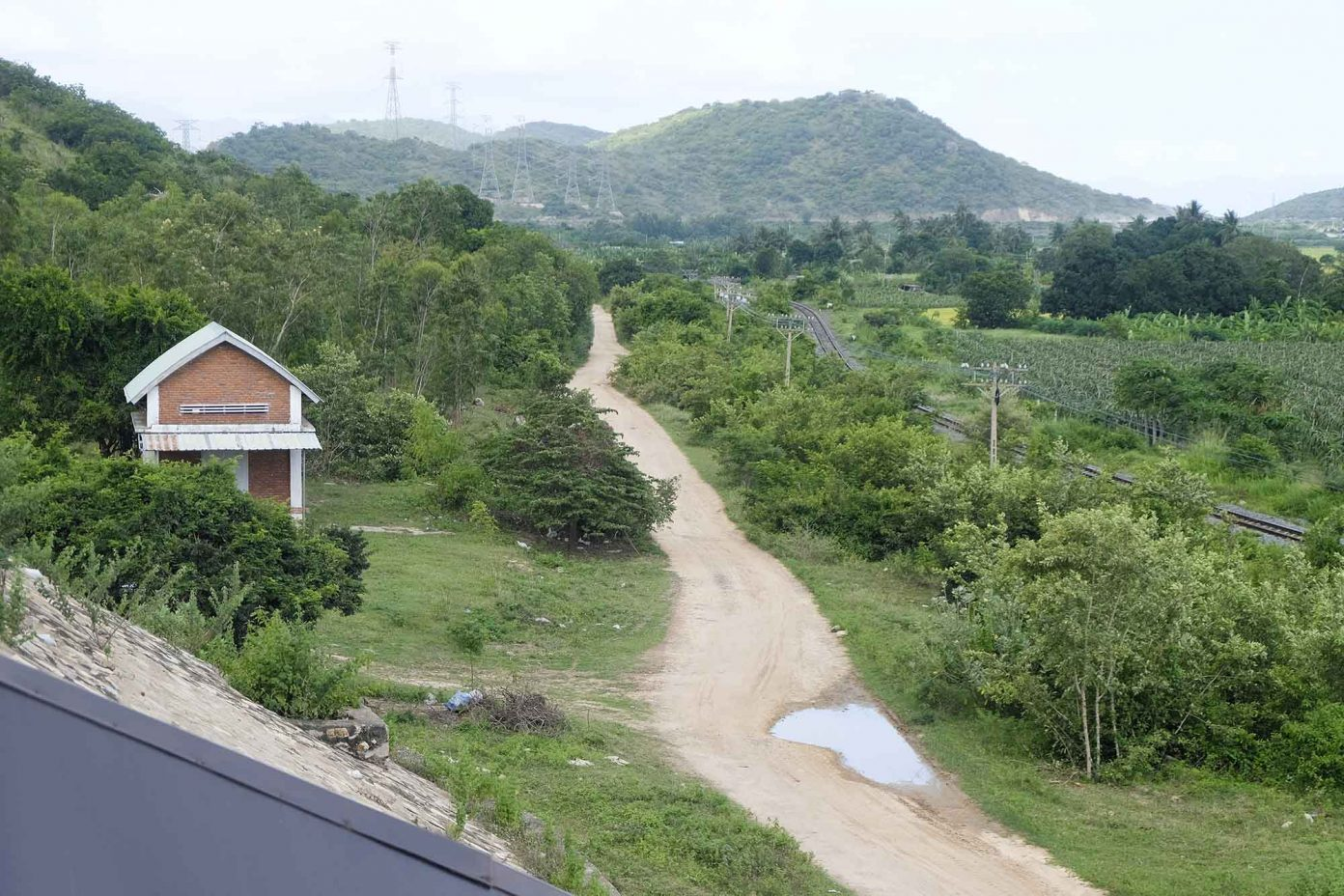 Visitors will be able to see the golden ripe rice field, dragon fruit garden, herds of cows grazing... as well as the enthusiasm and hospitality of the people of the nation here on their way to the tower cluster.
Visitors will be able to see the golden ripe rice field, dragon fruit garden, herds of cows grazing... as well as the enthusiasm and hospitality of the people of the nation here on their way to the tower cluster.
Source: Nguyên Phong